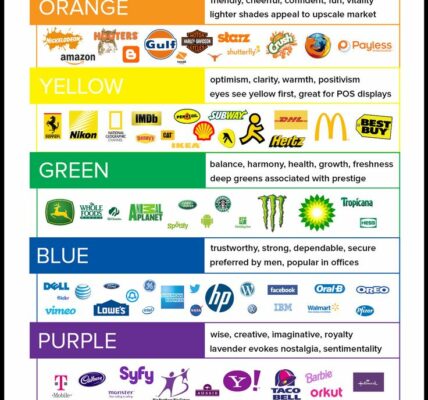Font pairing is an essential aspect of design, be it for a logo, website, or marketing materials. The right combination of fonts can create a harmonious and visually pleasing composition, while poor font pairing can disrupt the entire aesthetic. In this blog post, we’ll explore the art of font pairing and provide tips on how to create compelling and balanced typography in your designs.
The Significance of Font Pairing:
Font pairing refers to the practice of selecting and combining different typefaces to create a unified and visually appealing design. Effective font pairing can:
- Enhance readability and legibility.
- Convey the mood and personality of your content.
- Add visual interest and hierarchy to your design.
- Set the tone for your brand or message.
1. Understand Typeface Categories:
Before you dive into font pairing, it’s essential to understand typeface categories. There are four primary categories:
- Serif: These fonts have small decorative lines (serifs) at the ends of letters. They often exude a sense of tradition and formality.
- Sans-Serif: These fonts lack serifs and offer a modern and clean appearance.
- Script: Script fonts mimic handwritten calligraphy and can convey elegance or informality, depending on the style.
- Display: Display fonts are highly decorative and suitable for headlines and branding, but should be used sparingly in body text.
2. Choose Complementary Styles:
When pairing fonts, select typefaces from different categories to create contrast. For instance, pairing a sans-serif font with a serif font can create an appealing contrast that draws the reader’s eye.
3. Limit the Number of Fonts:
Avoid using too many fonts in a design. Typically, two or three well-paired fonts are sufficient. Using too many fonts can lead to visual chaos and reduce the overall cohesiveness of your design.
4. Establish Hierarchy:
Use different fonts to establish hierarchy in your design. For example, use a bold, attention-grabbing font for headers and a more straightforward font for body text. This helps guide the reader’s eye and communicate the importance of each element.
5. Mind the Mood:
Consider the mood and message of your design. Choose fonts that align with the content’s tone. For example, a playful script font might be ideal for a birthday invitation, while a sleek sans-serif font would suit a corporate annual report.
6. Test for Readability:
Always ensure that the fonts you choose are highly legible. Avoid overly ornate or decorative fonts in body text, as they can hinder readability.
7. Use Font Pairing Resources:
There are numerous online resources and tools that can assist in font pairing. Websites like Google Fonts and Adobe Fonts offer font combinations that have been curated by designers and can serve as an excellent starting point.
8. Be Consistent in Branding:
If you are working on branding materials, maintain consistency in font choices across different assets. Consistency is key to building a strong and recognizable brand identity.
9. Pay Attention to Spacing and Kerning:
Proper spacing and kerning between letters and lines of text are crucial for a polished look. Adjust these factors as needed to ensure that your fonts work well together.
Conclusion
Font pairing is both an art and a science in the world of design. When done correctly, it can significantly enhance the visual appeal and effectiveness of your design. By understanding typeface categories, choosing complementary styles, establishing hierarchy, and considering the mood of your content, you can create harmonious and compelling typography that conveys your message effectively. Whether you’re designing a logo, a website, or any other visual content, font pairing is a skill worth mastering.




